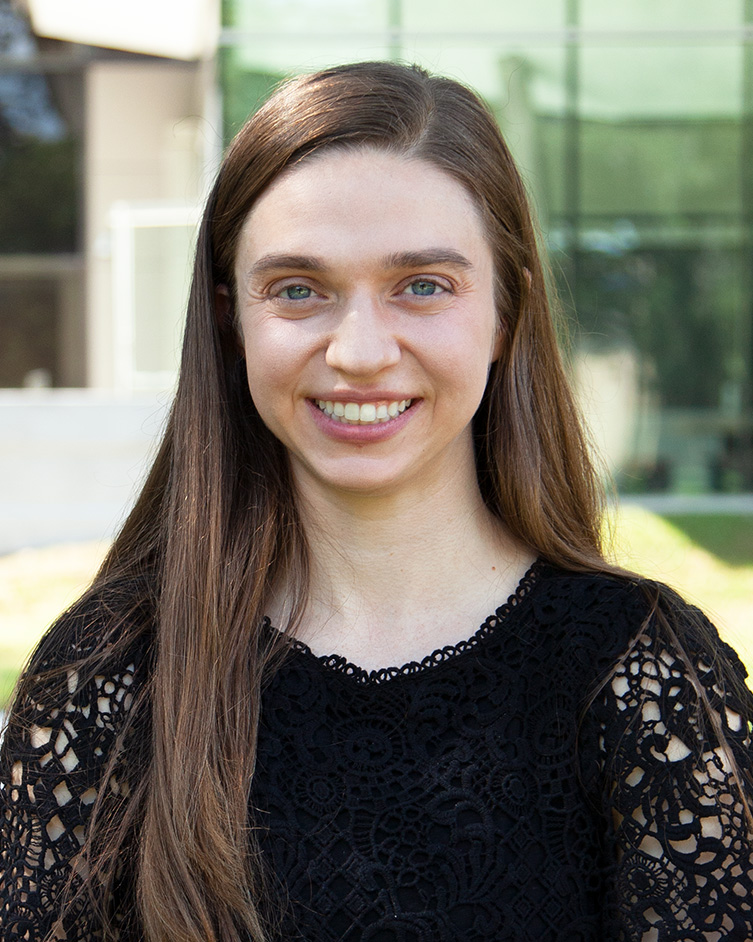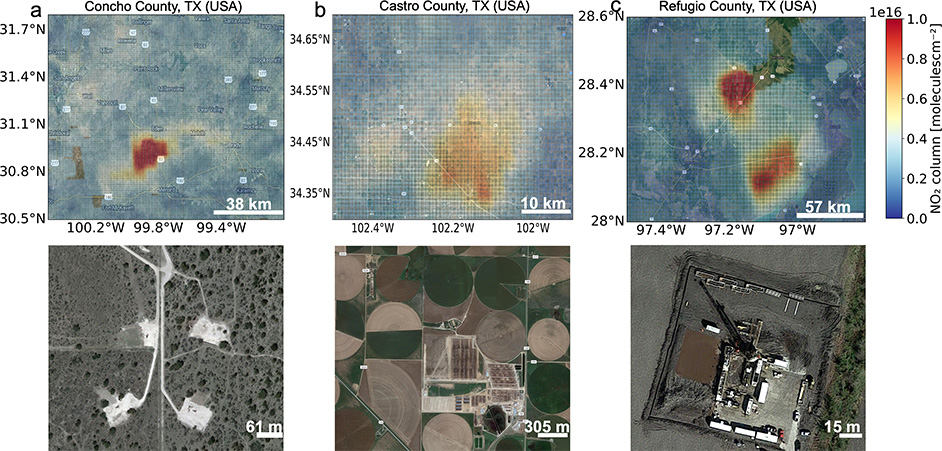NASA Funded Only 58 of 835 Proposals
You could say Tabitha Lee chose to pursue a Ph.D. in atmospheric science because of what she did not want to do with her life.

During her undergraduate studies at the University of Houston, she completed two internships with BASF. One as a process engineering intern in 2018, the other as an environmental specialist intern in 2019. In the midst of her final internship, she realized she wanted to do more than work for a company; she wanted to conduct her own research to help create a better society.
Working with her advisor, UH associate professor of atmospheric chemistry Yuxuan Wang, Lee investigates air pollution impact in Texas. In May, Lee received a Future Investigators in NASA Earth and Space Science and Technology research grant of $112,500 for the next three years. NASA received 835 proposals and only awarded 58 of them.
“I am pretty excited,” Lee said. “It was kind of a shock, because I wasn’t really expecting it, but I also felt confident that we had a good idea.”
Wang, a faculty member at UH’s College of Natural Sciences and Mathematics, describes Lee as a student with deep curiosity and great determination.
“A key strength of her research grant application is that she proposed new methods to analyze large amounts of data from recently launched satellites,” said Wang. “She has been exploring these datasets since her undergraduate research work with me, so she knew the challenges first-hand. Her perseverance and creativity turn obstacles into opportunities.”
With the funding, Lee will identify and quantify previously unreported nitrogen dioxide hotspots using NASA’s TROPOspheric Monitoring Instrument satellite data. TROPOMI is one of NASA’s newer satellite data projects and is much higher resolution than previous versions allowing for the detection of potential new emission sources.
Discovering Nitrogen Dioxide Hotspots
“When I was in undergrad, I would look at powerplant emissions,” she said. “You can always see them in satellite data. You can see a powerplant in Houston and all around will be a big signal of nitrogen dioxide emissions. One day I was plotting emissions, when I started noticing there were hotspots, but not around the power plants, just in the middle of Texas where they shouldn’t be.”

Lee took note and shared the findings with Wang who said the community is lacking an understanding of these findings and asked Lee – how do we quantify these emission signals that aren’t really reported?
That is precisely what Lee is now trying to do. She wants to find out how to identify them systematically and see how they are impacting air quality.
She aims to find unreported nitrogen dioxide hotspots where there is not a known source of emissions listed in government databases, such as the Environmental Protection Agency’s National Emission Inventory, to improve the representation of nitrogen dioxide emission sources.
Pollutants Found At Locations in Texas Panhandle, South Texas
Nitrogen dioxide is a precursor to ozone, Lee explains. So far in her preliminary work, she has identified potential unreported nitrogen dioxide signals ranging from the panhandle of Texas to south Texas. She said the signals can come from inactive oil or gas drilling sites, such as one she found in Concho County, or they could be from agriculture activities, possibly due to increased tractor use for turning over crops.
“We don’t really know for sure right now what all the sources are,” she said, “but these are just some potential reasons we are exploring.”
They hope their methodology for identifying unreported nitrogen dioxide signals could serve as a template to identify other atmospheric pollutants, such as formaldehyde or carbon monoxide.
She believes her work could increase the societal benefit of the TROPOMI satellite and other satellite datasets by providing emission estimates in regions where individuals' air quality might be overlooked.
Inspiration from Wang
Lee credits much of her motivation to the inspiration she receives from Wang. As an undergraduate, she had applied for an EPA grant, and both she and Wang felt it was a good idea, but they did not receive funding.
“It was motivation to keep trying again,” said Lee, “because she and I felt we were on track. It was just a matter of finding where our idea would fit.”
She adds that Wang gives her the space to try new ideas.
“With the preliminary work, I had a lot of time for trial and error, and she just guides me where to go,” she said. “She gives you the room to explore but also helps the exploration go in the right direction … I would not be here if it wasn’t for her.”
- Rebeca Trejo, College of Natural Sciences and Mathematics